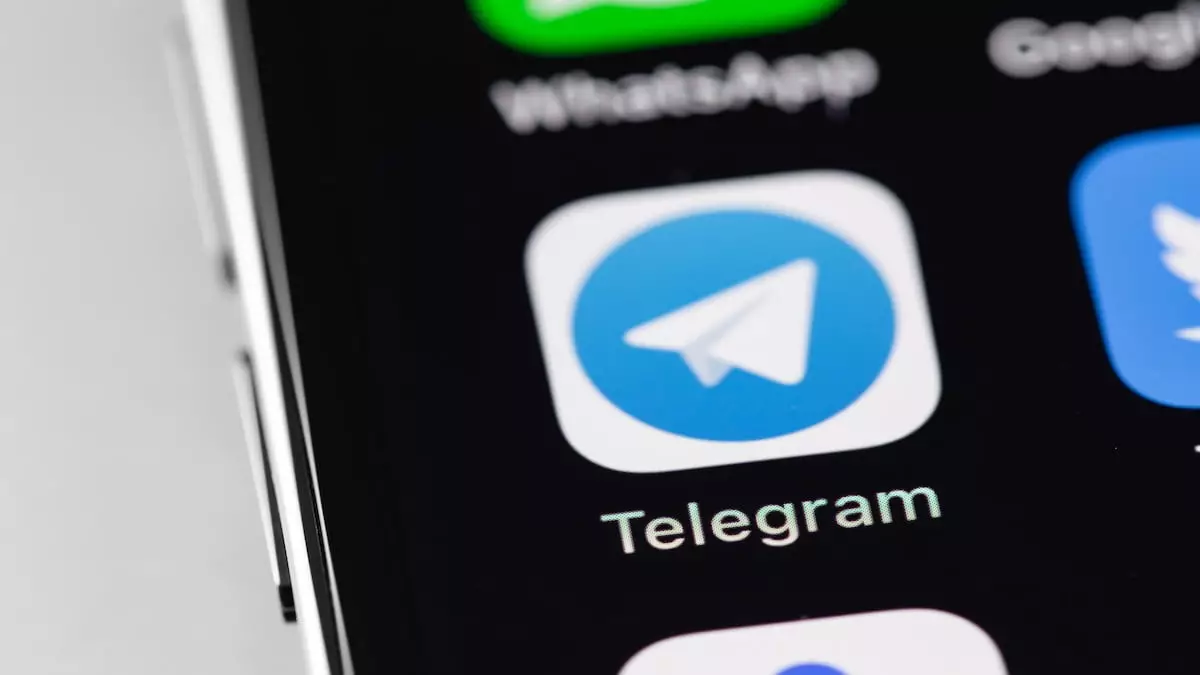Telegram, a messaging app with over 800 million monthly users, has evolved into a hub for the crypto community through its ecosystem of mini apps, also known as TMAs. These applications run directly on the messenger platform, offering various features like access to the TON SDK, monetization options, bot interaction, and community development.
The exponential growth of Telegram mini apps is evident in the success of notable examples like Notcoin (NOT) and Hamster Kombat. Notcoin, a cryptocurrency designed for the Telegram community, saw five million tokens claimed within 36 hours of trading, showcasing the massive reach and engagement capabilities of Telegram’s user base. On the other hand, Hamster Kombat, labeled as a “crypto exchange CEO simulator,” gained traction on both Telegram and TikTok, attracting 19 million daily active users and nearly 2.9 million new users in a single day. The game’s success can be attributed to its engaging plot, referral system, rewards, and active community, which foster organic marketing and content creation.
Apart from games and cryptocurrencies, other mini apps on Telegram are also making waves in the crypto world. Fanton, a fantasy football game, has been instrumental in expanding the platform’s ecosystem and enhancing user engagement. With its secure communication features and community-building capabilities, Telegram provides an ideal environment for web3 games and the crypto community in general. These mini apps stand out for their ability to engage users through various services, transparency, security, and direct marketing capabilities.
With ongoing development and innovation in the mini app space on Telegram, the future looks promising. There is an expectation that these apps will continue to enhance their functionality, boost user engagement, and integrate more seamlessly with Telegram’s ecosystem. This integration is poised to drive further adoption and utilization of blockchain technology among users who may have otherwise not interacted with it. Additionally, the potential for monetization within mini apps is substantial, with creators being able to earn revenue through in-app purchases and advertisements. This incentivizes them to develop more engaging and innovative apps, drawing more users to the platform and contributing to its sustained growth.
















Leave a Reply